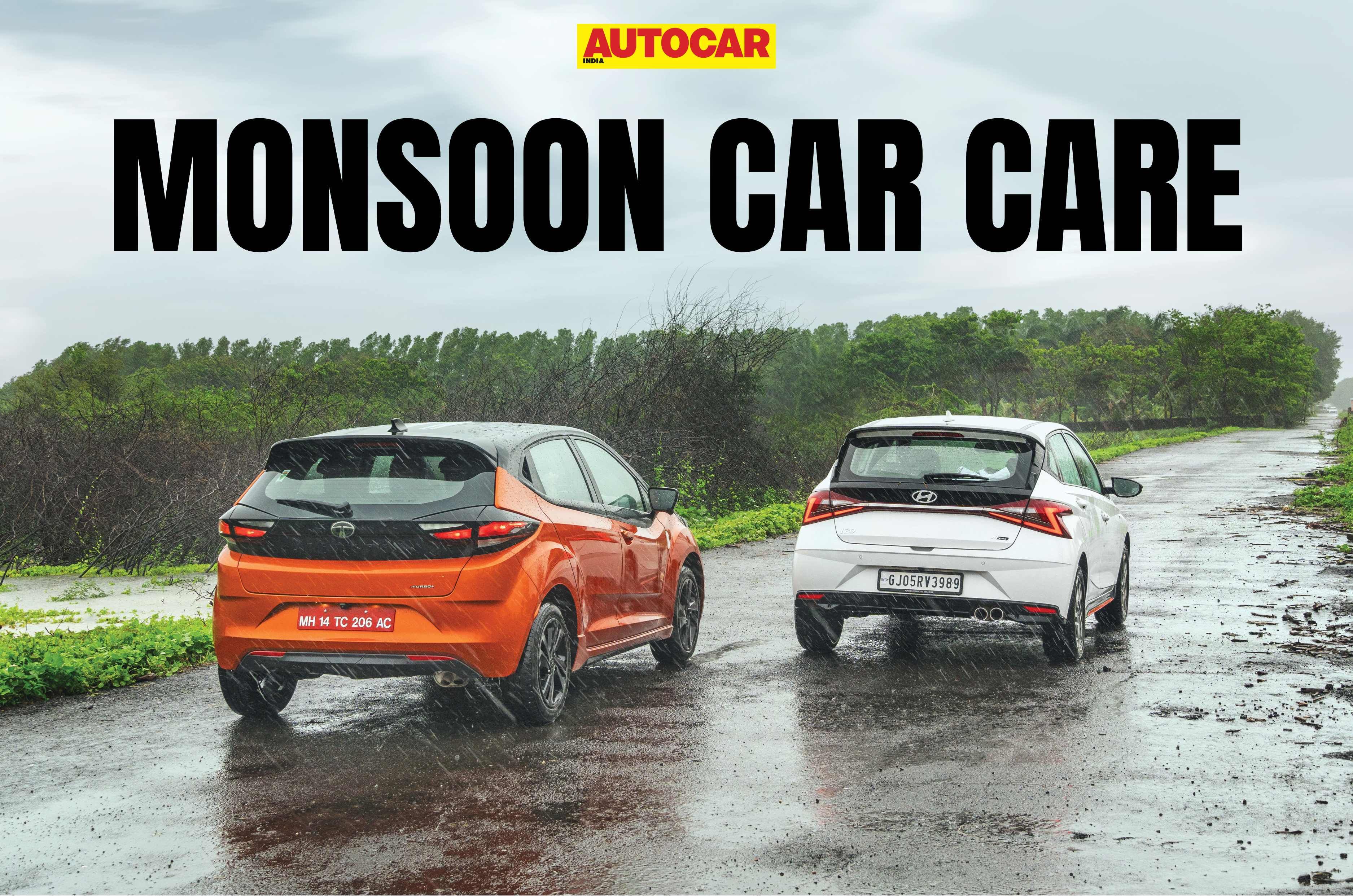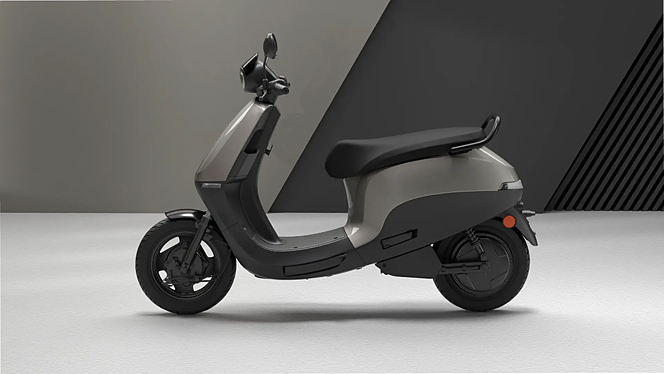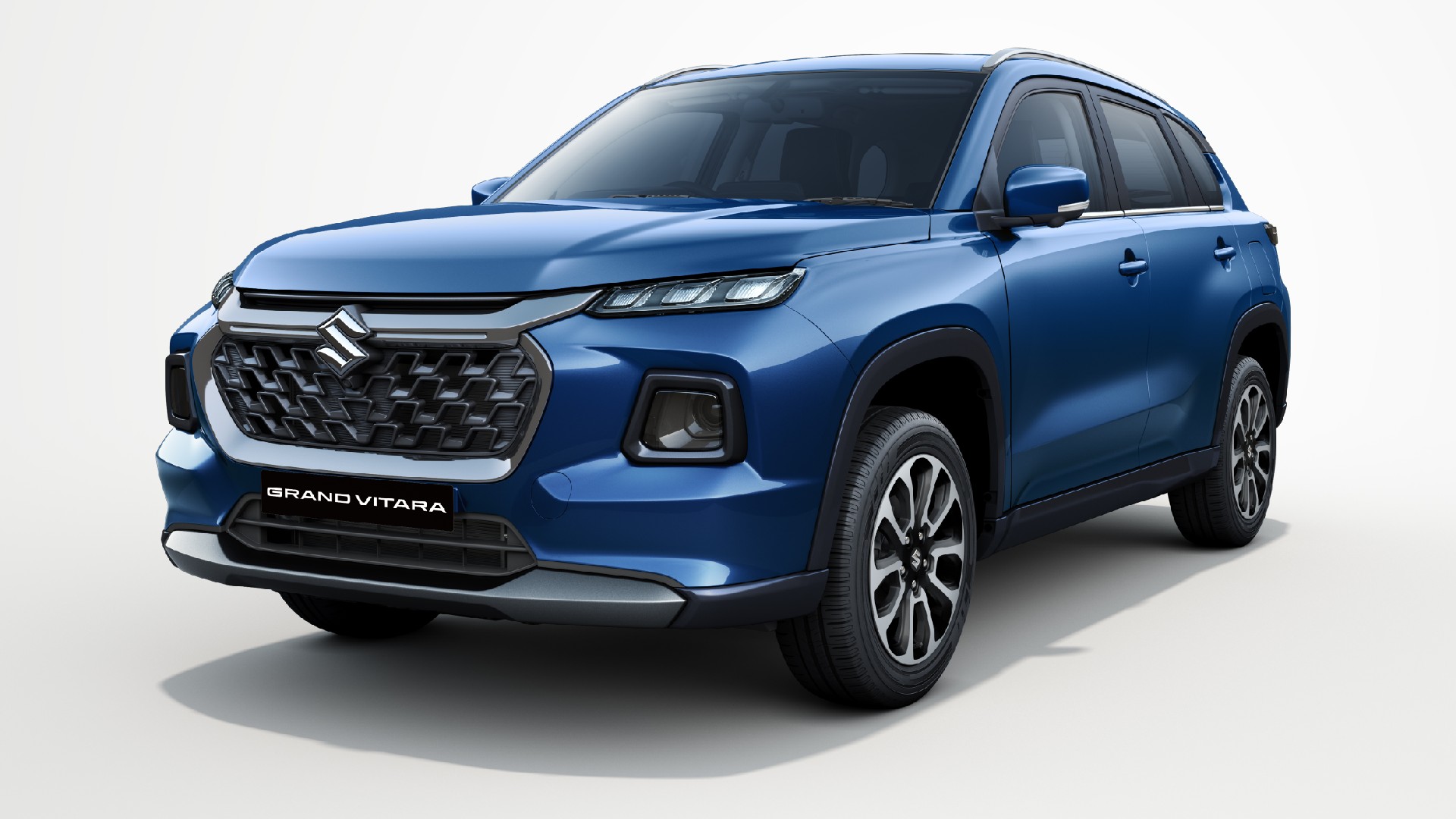
The arrival of the monsoon season brings relief from the heat of summer in India, but it also poses various challenges for your vehicle. From slick roads to the threat of water damage, the rainy months can lead to breakdowns or costly repairs. Here are 10 essential tips to help you keep your car running smoothly and safely during this time.
1. Inspect Your Tyres
Tread wears require timely replacements

Since tyres are the sole connection between your vehicle and the road, assessing their condition is paramount before driving in rainy weather. Ensure that your tyres have a minimum of 2mm tread depth, which can be easily checked using the wear indicators located within the tread.
If the tread is worn down to the indicator level, it’s time for replacements. Adequate tread depth enhances grip on wet surfaces and significantly shortens braking distances in emergencies.
2. Evaluate Battery and Wiring
Battery readiness for increased electrical demand

Water and electronic components do not coexist well, and today’s cars are packed with technology. Thus, it’s advisable to check your battery and inspect for any exposed or frayed wiring to prevent electrical issues during the monsoon. Due to the expected increased utilization of wipers and lights, ensure your battery is in excellent condition.
3. Thoroughly Assess Brakes
Home tests for brake efficiency
Braking distances can extend on wet roads, which makes it crucial for your brakes to function optimally. You can perform a simple brake check at home by starting your engine, allowing it to warm up, and pressing the brake pedal. Listen for any unusual noises and monitor how the pedal feels; if it sinks more than usual, there could be a leak, while any vibrations may indicate worn brake pads. If problems are detected, have your brakes looked at by a professional.
4. Replace Old Wiper Blades
Wipers take a beating during summer

Wiper blades are vital for visibility during the monsoons and must be prepared for heavy usage. Inspect the rubber edges, as high temperatures can lead to cracks during the summer, rendering them ineffective when you need them most. Wipers that leave streaks or produce noises should be replaced immediately. Additionally, ensure your washer fluid reservoir is topped with cleaner or soapy water.
5. Verify All Lights Function

In gloomy weather, your vehicle’s lights are crucial for safe driving. Before hitting the road, check that all lights—headlights, tail-lights, brake lights, fog lights, and indicators—are functioning correctly, particularly during nighttime. Replace any flickering or dim bulbs and ensure that lights, free of moisture, provide a clear and even beam for optimal road safety.
6. Check for Water Leaks
Sunroofs can present problems

Sunroofs are popular among car enthusiasts, but they can become a source of leaking during monsoons. Inspect the rubber seals around your sunroof, windows, and doors for any signs of wear that could allow rainwater to infiltrate the cabin and cause damage or rust. Old or damaged seals should be replaced, and drainage holes should be cleared to prevent blockages.
7. Monitor for Rust and Underbody Damage
Protective coatings are essential

The combination of water and exposed metal can lead to rust. Conduct a careful examination of your car’s surface for scratches or paint imperfections and address them before the rains start to keep rust at bay. Applying an anti-rust treatment will further shield your vehicle, and it’s wise to clean the undercarriage often to remove debris that can lead to rust and corrosion.
8. Monsoon Care Recommendations for EV Owners
Not as vulnerable to moisture as often perceived

With the growing popularity of electric vehicles in India, owners might be concerned about their performance in the rainy season. Fortunately, most EV batteries are designed to meet IP67 standards, making them significantly waterproof. Yet, it’s advisable to charge your vehicle in covered areas to prevent any moisture from affecting the charging port. Regular checks of the rubber seals around the charging area and electrical connections are also recommended to ensure they maintain their integrity against water ingress.
9. Keep Spare Parts and Essentials Handy
Valuable during unforeseen situations
In the event of an emergency, having extra fuses, bulbs, wiper blades, and a basic toolset in your vehicle can be immensely helpful, along with ensuring that the spare tire is in good condition. Additionally, consider keeping an umbrella, a towel, raincoat, and a change of clothes for unexpected situations. These seemingly minor items can make a significant impact if you find yourself caught in heavy downpours.
10. Schedule a Pre-Monsoon Service
Ensure seamless driving during rainy days
Arranging a service visit prior to the monsoon season—preferably at an authorized service station—is one of the most effective ways to avert complications. Skilled mechanics can examine all essential aspects of your vehicle and identify potential issues early on. Request a comprehensive inspection that covers brakes, battery, wiring, tyres, light systems, fluid levels, and wheel balancing.





